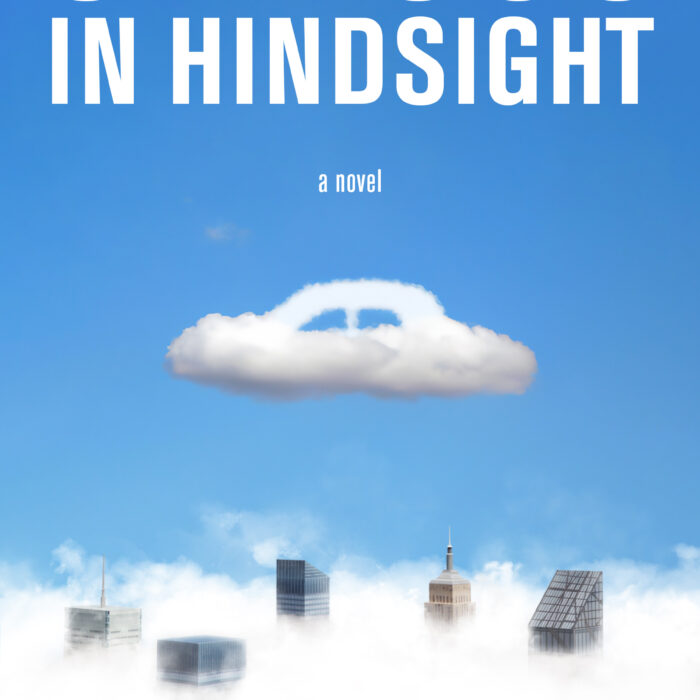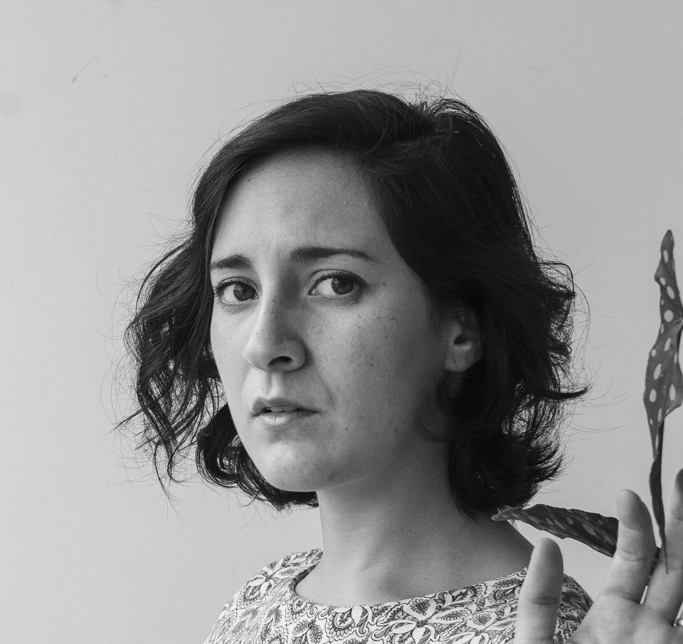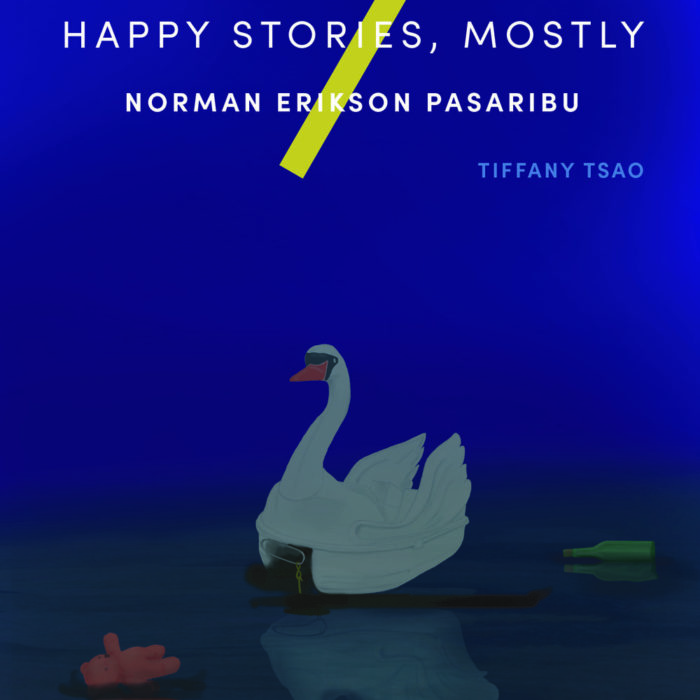You have no items in your cart. Want to get some nice things?
Go shoppingWith nearly fifty works of fiction, biography, history, and graphic novels, one can stay up reading for months and still merely scratch at the essential Charyn. Born in the Bronx and now splitting his time between New York and Paris, Jerome Charyn is perhaps best known for his Isaac Sidel crime novels. He has also written a dozen books about movies, literature, Marilyn Monroe, Joe DiMaggio and more recently two acclaimed novels, one about Emily Dickinson and one about Abraham Lincoln. But to me he is, above all, a quintessential New York writer. Curving language and genre, Charyn’s fiction imagines New York in pure noir: profane, lonely, haunted by its own history. Reading his books is like seeing this city in a cracked mirror. His style, often blunt and brutally explicit, is a fresh breath of narrative freedom in an increasingly workshopped world. Mr. Charyn and I spoke via email about fiction, history, art, New York City and his new collection of stories, Bitter Bronx.

Steven Volynets: Short fiction is a notoriously complex art. Yet it seems to be well suited for figuring out the fragmented, cacophonous nature of cities. Joyce’s Dubliners comes to mind, the Washington, DC of Edward P. Jones, and of course those remarkable stories by Grace Paley of your own native Bronx. Do you think it’s better to write New York in stories?
Dubliners is a prime example for me because it’s one of the very first books that I read as an adult, and I was overwhelmed by the absolute sense of Joyce’s music. One particular story “A Painful Case’ continues to haunt me after fifty years because it is that tale of a man who is just outside the borders of his own existence. Grace Paley was also a very strong influence because she was able to capture the very mournful and funny music of the Bronx. Stories, as you know, are almost impossible to write they have their own poetry and articulation, and it took me a very long time to find the music of the stories I wanted to tell. New York is not the subject; it’s the monster behind the tales themselves.
SV: I learned about Robert Moses from reading Robert Caro’s biography, The Power Broker, possibly the greatest book about 20th century New York. Moses is only scarcely mentioned in Bitter Bronx, but he is the ghost in the machine of every story, the animating force of what you call “the madness of decrepitude.” What was it like to grow up at the mercy of the power broker? How did his presence shape your own writing?
I, too, was struck with wonder by Robert Caro’s book. I didn’t feel the brunt of Moses’s destruction until I was into my twenties, so that the bitterness that I felt came after reading Caro’s book. Moses was a very curious devil; he sought power rather than wealth, and he was completely insane. This exuberance of cars added nothing to NYC; it nearly destroyed us. But when I went back to visit the Bronx in my fifties, and saw the borough burning, I realized how much Moses’s mad highway was behind this destruction of the Bronx.
SV: Some would expect post-Moses Bronx, with all of its presiding violence, to be awash in testosterone. And yet every story in this book is underpinned by an ensemble of truly astonishing women. In “The Cat Lady’s Kiss” you go even further to explore themes of sexuality and gender identity. Where do these women come from?
That’s a very tough question. Ever since I was a little child, I always marveled at the wonder of strong women who kept their crazy families intact. I fell in love with their beauty their persistence and the kind of strange armor that they wore, whether it was lipstick or a curl in their hair. I fell in love with them and I’ve never stopped.
Why was there a Jewish ghetto? We understand the racism toward Latinos and blacks, but the Jewish families that lived in these ghettos lived there for one reason – they were failures and so you could see the defeat on their faces. One was a blind paper bag salesman; there was the example of my father who never worked. Why else would they want to live in such a hell? The women were stronger – the women kept the families together. The men were scarred, they were battle weary – it’s as if they returned shell-shocked from the army.
SV: Your dialog is very sparse. And when characters do speak, their voices sound more like memories of conversations rather than actual speech. This made me think of those Edward Hopper restaurant scenes in which the people in the paintings, while ostensibly engaged in conversations, are always too far from us to be heard. We have to imagine what they’re saying. Having myself grown up in Brooklyn, I felt as though this was a respect thing — you didn’t want to get into your characters’ faces.
That’s a very acute observation, because like in Edward Hopper’s painting, the characters are nimble ghosts, so that the conversations are all wisps out of the past.
SV: Leslie Epstein and Joyce Carol Oates called you “Babel of the Bronx.” I did notice stylistic similarities between these stories and those of, say, Red Cavalry, where violence and pathos are delivered in stunningly melodious sentences. You actually wrote a book about Isaac Babel. What other writers, dead or living, make your blood jump?
James Joyce was my first love. The stories in Dubliners are almost like songs. It was an editor of mine who first introduced me to Babel, and I loved all the wondrous contradictions in his stories. The four-eyed Jewish Cossack, the gangster in orange pants. My favorite story in the whole world is “Guy de Maupassant,” which is about Babel’s own adventures, real or imagined, as an impoverished translator in St. Petersburg. It’s in this story where he has that wonderful sentence, which I’m misquoting, “nothing stabs you in the heart like a period put in the right place.”
SV: In “Lorelei,” a man returns to the Bronx decades later and has dinner with his childhood sweetheart — an ex-beauty queen who is now wheelchair-bound, losing her hair and still living with her father in the same apartment. Milo, a school teacher, is in love with a “gap-tooth Goddess.” And in “Dee,” the Bronx is a referred to as “carnival,” and the story’s main character, Diane Arbus, is “clicking away with her shutters.” There is a certain unsettling optics through which the Bronx is seen as a kind of Fellini-like menagerie, a dance between the beautiful and the grotesque. I know you taught film in France. Do movies influence your fiction?
I grew up in the movie house, so that my language would tend to be cinematic, and that’s also one of the reasons that Diane Arbus appealed to me because I was also looking at the Bronx through the lens of a camera.
I think language itself often takes on the mystique of the movies and for me my sentences were really born in the movie house as a kind of pre-language.
SV: A couple of years ago you said that this was the golden age of noir, explaining the genre to be an expression of historical foreboding. Can you speak more to the significance of noir in literature?
Noir writers such as Dashiell Hammett really understood that American culture is the culture of crime. 70 or 80 years later, we’ve caught up to Hammett and understand, particularly after 9/11, that the world grows darker with each breath that we take.
SV: Brooklyn is often thought of as the writers’ borough, but it seems like most of my favorite authors — E.L. Doctorow, Grace Paley, Don Delillo, Richard Price, and your own boyhood friend Frederic Tuten — were all born and raised in the Bronx, often within a few blocks of each other. Outside of American South, I can’t think of any other piece of geography, one that’s only a couple of miles across, that had turned out so many iconic names in American letters. Something in the water perhaps?
This is the luck of the stars – the very same writers that you discuss could have been born in Brooklyn or Queens.
Is there such a thing as a Bronx voice? I doubt it.
Location and value don’t always go together (chuckles.) I think the Bronx was basically a lower middle class bedroom for Manhattan.
SV: Your books are immensely popular in Europe. How is the literary terrain different on the other side of the pond?
The French, in particular, understand the dynamics or the roman noir and when they first read my Isaac Sidel novels, they understood how I was playing with the form and were captivated by the books.
Also the writer occupies a different place in the reader’s heart in many European countries. He or she is central to the culture, and seems to speak out of a kind of whirlwind. Here the only culture we have is the culture of success.
SV: I already mentioned “Dee,” about the real-life photographer Diane Arbus and Edie Carmel, “The Jewish Giant” of the Bronx. It’s a remarkable story. As it culminates in Arbus’ famous photo, you describe Carmel’s parents as “immigrants who had spawned a monster in the New World.” It struck me as a powerful historical parable about Robert Moses or perhaps even New York City itself, swelling with excess and gentrification. The real Edie Carmel died of a pituitary adenoma in 1972, just a couple of years after the photo was taken. Do you envision New York on the decline? Are you hopeful about the future of this city?
I saw myself as Eddie Carmel, as a kind of monster spawned in the new world, with no place to go, with a kind of rage, and also a sense of dislocation in terms of my own parents who barely spoke English.
New York has always been on the decline and yet somehow it always survives because each new generation invents itself with whatever materials it has.
If Manhattan sinks into the ground with all its sudden wealth there is always Brooklyn and the Bronx. There is always some hill you can climb and discover a new Eddie Carmel.
——-
Jerome Charyn was born and raised on the mean streets of the Bronx. He graduated cum laude from Columbia College. He has taught at Princeton, Columbia, Stanford, Rice, was Distinguished Visiting Professor at the City University of New York and is currently Distinguished Professor Emeritus at the American University of Paris. Charyn is a Guggenheim Fellow and has twice won fellowships from the National Endowment for the Arts. His stories and articles have appeared in The Atlantic, Paris Review, Esquire, American Scholar, New York Review of Books, New York Times, Ellery Queen and many other publications. Charyn’s most recent books are The Secret Life of Emily Dickinson, I Am Abraham and Bitter Bronx: Thirteen Stories.
Steven Volynets was born in Ukraine and raised in Brooklyn. His fiction, essays and reviews appear in J Journal, Moment Magazine, New York Observer, HTMLGIANT, Per Contra and Construction Literary Magazine among others. His translations of Russian literature have been published in Asymptote, Origins and Exchanges, and received mention in The Paris Review. Steven also spent three years at PC Magazine. His reporting earned nominations for several awards, including the Annual Jesse H. Neal Award for Business Journalism. He had since covered crime and other local news in Southern Brooklyn. He is currently completing a collection of stories, translating Russian prose and working on a novel.

Steven Volynets
Steven Volynets was born in Ukraine and raised in Brooklyn. His fiction, essays and reviews appear in J Journal, Moment Magazine, New York Observer, HTMLGIANT, Per Contra and Construction Literary Magazine among others. His translations of Russian literature have been published in Asymptote, Origins and Exchanges, and received mention in The Paris Review. Steven also spent three years at PC Magazine, where his reporting earned nominations for several awards, including the Annual Jesse H. Neal Award for Business Journalism. He had since covered crime and other local news in Southern Brooklyn. He is currently completing a collection of stories, translating Russian prose and working on a novel.
- Web |
- More Posts(1)




